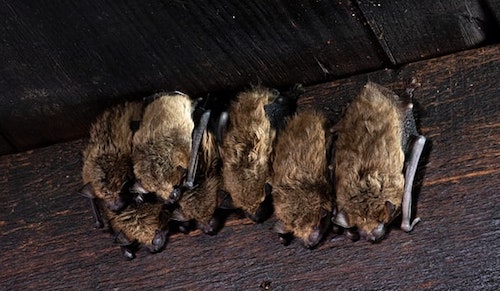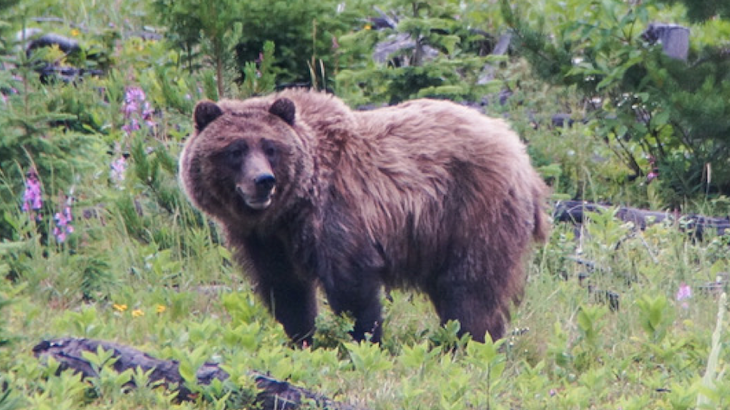
Katie Compton and Silvie Harder, Policy & Politics editors If you’ve gone shopping for a houseplant recently, you might have noticed that some species, like spider plants and peace lilies, are identified as having air-purifying qualities. This labelling isn’t just empty marketing. A study done by NASA 30 years ago tested the air-purifying capacity of […]







